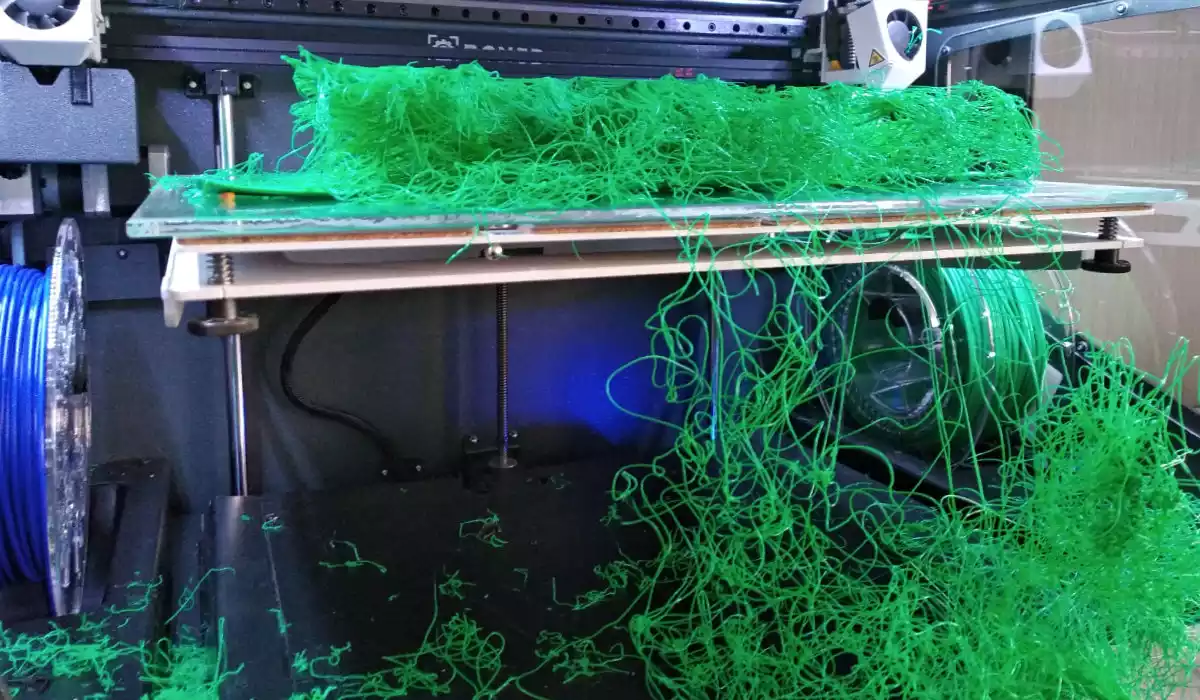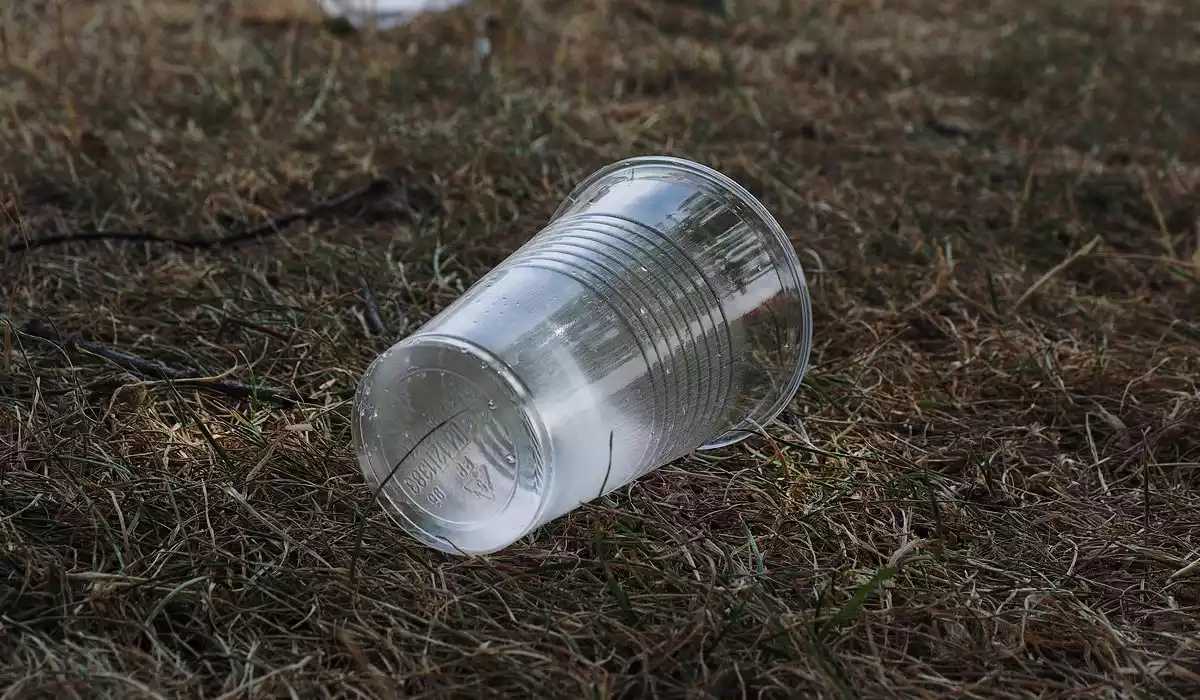In the era of the growing popularity of 3D printing, sustainable development and responsible resource management are becoming key aspects of this field. Therefore, the question of the possibility of recycling 3D prints is gaining importance. In the following text, we will look at this issue to learn the current state of the art and potential challenges related to the recycling of 3D prints.
Modern 3D printers use a variety of materials, such as thermoplastics, light-curing resins, or metal powders. Thermoplastics such as ABS, PETG or PLA, which are widely used in 3D printing, have particularly high recycling possibilities. These materials can be mechanically recycled by shredding, melting and producing a new filament.
One of the main challenges of recycling 3D prints is maintaining the quality of the material. In the process of mechanical recycling, thermoplastics can lose their mechanical and chemical properties. Therefore, it is important to control the quality of the secondary raw material and adjust the 3D printing parameters to its specificity. In practice, 3D prints can consist of different materials, which makes recycling difficult. Therefore, it is important to develop new technologies and processes that will allow for the effective recycling of multi-material printouts.
Thus, recycling of 3D prints is possible, especially for certain materials such as thermoplastics, but there are challenges that must be overcome to fully realize the recycling potential of 3D printing. Further research and development of technology is crucial for sustainable development and achieving the environmental, economic and social benefits of recycling 3D prints. The introduction of appropriate legal regulations and standards regarding the recycling of 3D prints can help to increase awareness among users and promote responsible waste management. It is also worth considering the development of educational programs and initiatives that will encourage recycling and conscious use of 3D printing technology.
High-performance filaments used in FDM / FFF 3D printing, such as PA6 / PA12 nylon or polycarbonate (PC), are usually classified as Type 7, or “other”, by the standards organization ASTM International. As such, they are not typically recycled through municipal programs. These categories mainly include ABS, PLA and PETG.
Recycling 3D printing filament scraps can take many forms. It is possible that the city has a specialist recycling center for Type 7 materials, where failed prints and plastic scraps can be delivered. Alternatively, leftover filament can be delivered to a material recovery facility that sorts the recyclables and sells them to manufacturers. Nevertheless, guaranteeing the quality of the recycled filament can be a problem.
The key to the production of recycled filament is careful selection of waste and ensuring diameter and roundness tolerances. Achieving these goals requires the use of advanced production lines and compliance with strict quality guidelines. However, even when these requirements are met, there are potential health and environmental hazards that can result from heating plastics, such as foreign particles and contaminants.
Despite these challenges, recycling 3D prints does not have to result in a reduction in quality. An example would be the combination of virgin and recycled material, which may result in an acceptable compromise. It is worth noting that the recycling of polymeric materials intended for 3D printing is based on a number of activities, such as selective material separation, decontamination and purification, grinding, remelting and extrusion. However, the main obstacles in this process are logistical and economic aspects, which do not always justify the cost of recycling.
In the engineering context, recycling of 3D prints should focus on maintaining the desired material properties, enabling the use of recycled plastic in practice. It is worth noting that repeated extrusion of polymers can lead to significant changes in their properties, such as viscosity, molecular weight and breaking strength. These changes are generated by factors such as temperature or the number of extrusions of one material.
Recycling of 3D prints can be treated as a way to reduce the amount of waste, however, it is important to develop effective strategies and technologies that will maintain the mechanical properties of the recycled material. Using a mix of virgin and recycled material can be a solution that strikes a trade-off between preserving quality and reducing waste.
In the light of the growing requirements in the field of environmental protection and recycling of plastics, further research and development of recycling technologies for 3D printing materials are crucial. While current analyzes show no economic benefits from recycling materials, the cost of a recycled product depends on the market price of the originally produced filament. Therefore, despite the lack of clear economic viability, recycling of 3D printing materials can be an important solution from the point of view of environmental protection.
In order to achieve success in the field of recycling 3D prints, cooperation of various sectors is necessary – science, industry, business and public administration. The creation of public-private partnerships can contribute to the development of effective solutions and the creation of a recycling system tailored to the needs and capabilities of the 3D printing industry.
In addition to recycling itself, it is also important to promote sustainable design in 3D printing. Designers and engineers should strive to minimize the use of materials and create products that are easy to repair, maintain and recycle. This approach can significantly reduce the amount of waste generated by the 3D printing industry.
In the long term, the recycling of 3D prints can contribute to reducing the consumption of natural resources, reducing the amount of waste and achieving greater energy efficiency. However, the success of this endeavor depends on further research, investment in new technologies and the involvement of all stakeholders. Only when the recyclability of 3D prints is fully realised, will the technology contribute to sustainable development and the achievement of global environmental goals.


